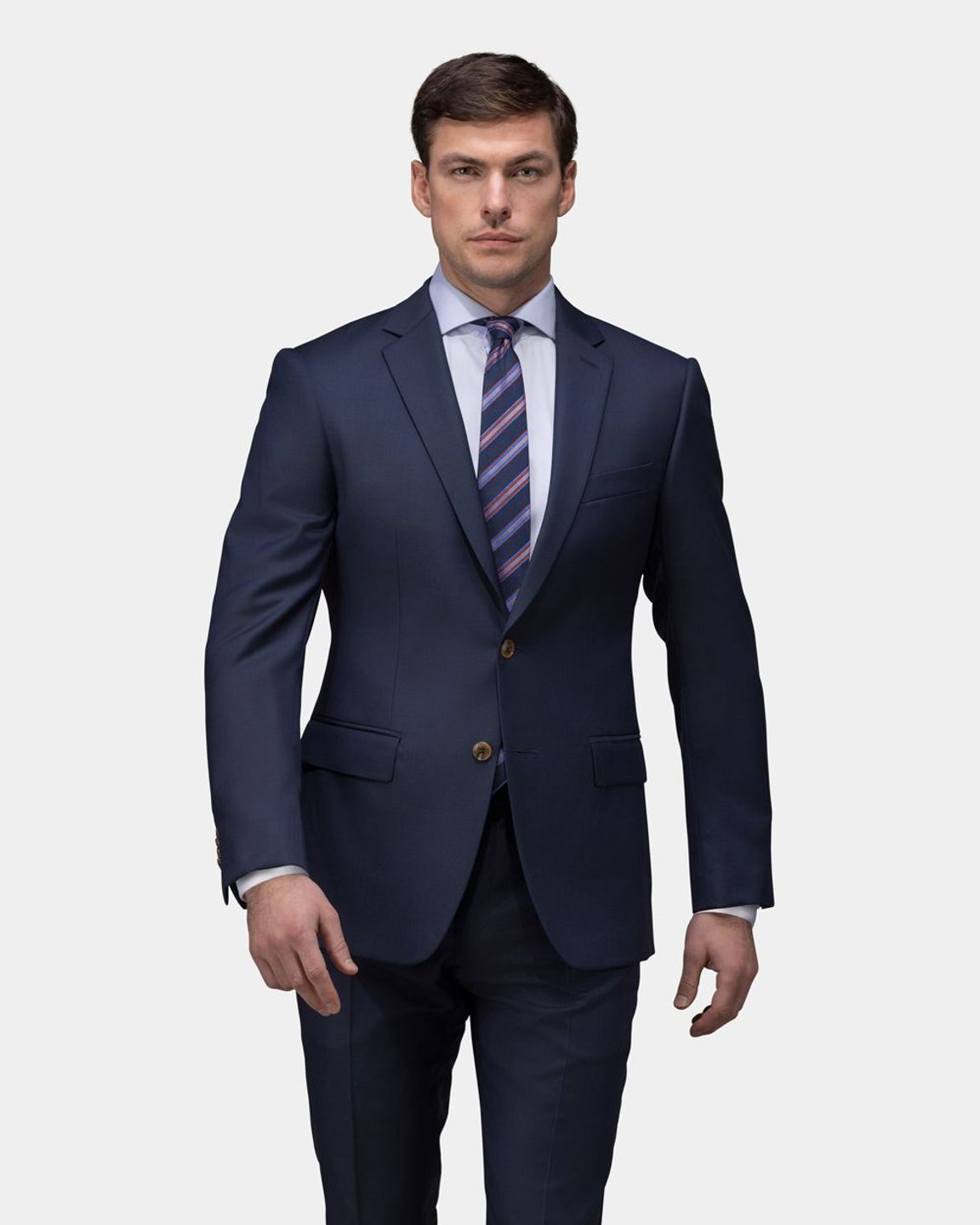Understanding the Tailoring Process: From Textile Option to Final Fitting for the Ideal Closet
The tailoring process is a complicated interaction of art and science, beginning with the vital decision of textile option and finishing in the accurate changes of last installations. Each fabric kind brings one-of-a-kind qualities that influence not only the aesthetic charm yet likewise the garment's long life and suitability for various occasions. Comprehending the subtleties of customizing methods can boost one's closet to unprecedented levels of refinement. As we check out these aspects even more, one need to think about how also the smallest details can considerably affect the total end result of one's personal style.
Significance of Fabric Choice
Choosing the right fabric is important in the tailoring procedure, as it directly affects the comfort, longevity, and total aesthetic of the final garment. The option of fabric establishes the foundation for the garment's efficiency, functionality, and design. Various textiles possess distinct residential or commercial properties, such as breathability, stretch, and weight, which can significantly influence exactly how the garment drapes and fits the body.

A tailored piece made from a suitable textile not only showcases craftsmanship but also elevates the user's confidence. Understanding the subtleties of textile option is extremely important for any customizing undertaking. It makes certain that the end product not only meets the visual wishes of the client yet additionally straightens with functional requirements, therefore attaining an unified equilibrium in between type and function in the customized closet.
Types of Fabrics and Their Usages
Understanding the numerous kinds of materials readily available is vital for making informed choices throughout the customizing process. Each fabric possesses unique qualities that determine its suitability for specific garments and occasions.
Its versatility allows it to be customized into whatever from t-shirts to gowns. Its all-natural flexibility aids garments maintain form over time.
Silk emanates high-end and is lightweight, making it excellent for eveningwear and fragile blouses; nonetheless, it needs cautious handling due to its fragility. Bed linen, with its textured surface, is a preferred selection for warm climates, giving a crisp and airy feel, however it wrinkles conveniently, which might influence the garment's look.
Artificial materials, such as polyester and nylon, offer toughness and resistance to wrinkles, making them ideal for everyday wear and active clothing. Comprehending these material kinds and their homes enables for better decision-making, making sure that each customized piece not just fits well but additionally straightens with the desired objective and occasion.
The Tailoring Methods Clarified
The art of customizing relies upon a variety of methods that transform fabric into well-fitted garments. Central to this process is pattern preparing, where a dressmaker produces themes based upon the customer's measurements and preferred design. This preliminary step guarantees that the garment this hyperlink will certainly fit the wearer appropriately before any reducing takes place.
Once patterns are developed, cutting techniques enter into play. Precision is extremely important as mistakes can bring about misfitting garments. Tailors frequently utilize different reducing techniques, such as single-layer reducing for elaborate layouts and multiple-layer cutting for effectiveness on basic patterns.
Basting is one more crucial strategy, permitting dressmakers to temporarily sew fabric assemble for a preliminary installation (tailor tuxedos perth). This approach uses the possibility to assess the drape and general silhouette her explanation before final stitching
Seaming techniques, including flat-felled seams and French joints, improve the garment's toughness and aesthetic charm. Tailors also employ methods such as interfacing and cushioning to provide structure and shape to details areas, like collars and shoulders.
Last but not least, completing strategies, including hemming and edge finishing, guarantee the garment's durability while giving a refined look. Together, these techniques create the backbone of efficient tailoring, causing charming, custom-fit garments.

Fitting Changes and Factors To Consider
After the initial customizing strategies have been applied and the garment is created, fitting changes end up being paramount to accomplishing the perfect fit. These modifications address various elements of the garment, ensuring it contours to the user's body shape and boosts overall appearance.

The surge of pants is an additional critical factor; it should sit comfortably above the hips without causing discomfort, permitting ease of movement. Hemming sizes for both pants and skirts must show the user's preferred style while appreciating proportions.
Furthermore, focus ought to be offered to the back of the garment, guaranteeing that there are no undesirable pulls visit this page or excess textile - tailor tuxedos perth. Each modification needs to be carefully considered, as also small changes can substantially impact the general fit and aesthetic of the tailored item, eventually resulting in a wardrobe that shows confidence and class
Keeping Your Tailored Attire
Appropriate upkeep of tailored garments is necessary to maintaining their fit and appearance with time. To make sure longevity, normal cleansing is vital. Always adhere to the care tag directions, which might advise dry cleansing for delicate textiles or device cleaning for more durable products. Avoid regular laundering, as this can wear down the material and change the garment's form.
Storage is just as important; usage cushioned wall mounts for coats and coats to preserve shoulder framework, and store trousers folded up nicely or hung to avoid creasing. Shield garments from direct sunlight, which can discolor colors and damages fibers.
In addition, regular assessments for small repair services can protect against bigger problems. Look for loosened switches, tearing joints, or indications of moth damage, addressing these troubles quickly to preserve the garment's honesty.
Last but not least, think about seasonal turning. Using customized items in moderation permits textiles to recoup, expanding their life expectancy. By carrying out these maintenance techniques, you can make sure that your tailored garments stay as excellent as the day you initially wore them, improving your ideal wardrobe for many years ahead.
Conclusion
The tailoring procedure, encompassing textile choice, skilled methods, and exact fitting adjustments, plays a crucial duty in developing garments that improve both comfort and style. Each phase adds to the overall efficiency of the end product, making certain that garments not just fits well however also mirrors private identity. In addition, recognizing the significance of maintenance prolongs the life of tailored garments, strengthening their worth in a well-curated closet. A thorough technique to tailoring finishes in a refined and certain appearance.